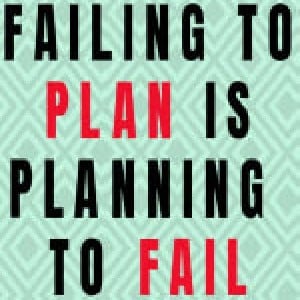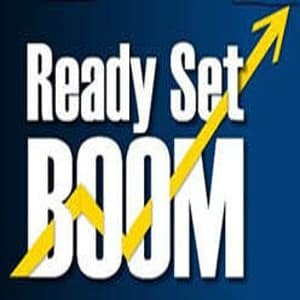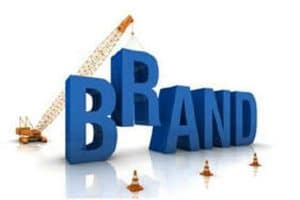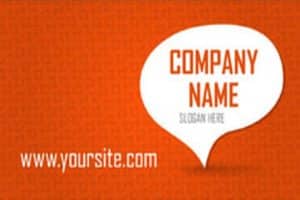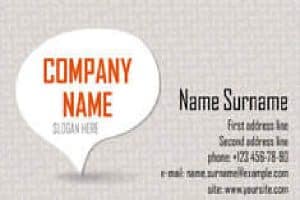It’s exciting when you have that light bulb moment, that flash of brilliance and idea for your new business. It’s hard not to get carried away with the excitement but turning your idea into a business necessitates research, risk, passion and planning.
Make no mistake, the risks are real. The statistics tell us that more than half of small businesses in Australia close within their first three years of operation. The reasons for failure are many and varied and include low revenue and borrowing capabilities, cashflow problems, some businesses grew too quickly, a lack of knowledge, increased competition, poor systems and inadequate record keeping. A lack of marketing can also bring a business to its knees.
Picture
There are very few shortcuts to success in business and there are numerous issues you need to address before you can open your doors. We often say starting a business is like building a house – you need to work off a plan and build on solid foundations. In a business sense these foundations include the right business structure, brand, accounting software as well as adequate and appropriate insurances. Most importantly, you need to have a marketing plan.
Let’s face it, without marketing, nobody will know your business exists.
Don’t Be Scared, Be Prepared
Starting a business can be a daunting task and our advice is, don’t be scared, be prepared. Start-up entrepreneurs typically invest a huge amount of time and money in their new venture with research and development, professional advice, a shop or office fit-out as well as equipment and stock. It can be a massive financial and emotional investment, however, all that work could amount to noth-ing if you don’t get your marketing right. In the digital and social age, your marketing could be the difference between boom, doom and gloom.
Picture
When you finally open the doors of your business, don’t expect a queue of customers unless you have the right marketing tactics in place. If you think the moment your website goes live you’ll be inundated with orders, think again. With websites, it’s not a case of ‘build it and they will come’ because Google can take 3 or more months to index your content. This means you could be invisible on internet for months after launching your business.
A lot of business owners (and not just start-up owners) rely on ‘hope and pray marketing’ but if you want an extremely successful business you MUST have a predictable system for attracting your ideal type of customer. That requires you to map out your marketing plan.
Your Marketing Plan
Your marketing plan should outline all the marketing strategies and tactics you plan to implement over a set period of time (usually the next 12 months). It includes your marketing objectives, the action steps you plan to take and the associated costs of implementation. Like your business plan, it’s not a static document because you need to update it as your business grows, as consumer behaviour changes and as new marketing trends emerge.
Your marketing plan should define your target market and your ideal customer. Where do they hangout? Will online tactics like social media, SEO and search, Pay Per Click, guest blogging, videos and webinars be more effective than offline tactics like print advertising, TV, direct mail, trade shows, conferences, networking and cold calling? With so many marketing options available your plan should outline your marketing mix together with a budget that details how much you will spend on each tactic.
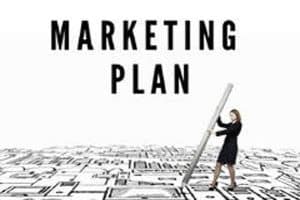
The Marketing Essentials
Your marketing machine contains a number of moving parts and we have identified the following essential engine components for a start-up business:
Your business branding is a lot more than just a logo or trademark. Your packaging, typography, personality, customer service, pricing and product quality all form part of your brand. Your reputation is part of your brand and the objective is to make your business stand out from the crowd.
While they are the cornerstone of your brand, there’s a lot more to your brand than just a business name, logo and slogan. Let’s explore each of these components starting with your BUSINESS NAME or trading name. The idea is to make it memorable because the first thing a customer notices is your business name. Before you select a business name, make sure it’s a good fit for your start-up as well as a good fit for the future and ask yourself this question – Will it still work if your business grows?
The right business name is important because:
- Your stationery, business cards and marketing all carry the name
- Legal Agreements and Contracts are in the business name
- You will probably use your business name as your domain name (website)
Before you register your business name, make sure the website domain name is available and register it. The business name will also form part of any trademark design that could be important if you ever want to franchise the business.
Your LOGO appears everywhere and it’s the visual face of your business. It is part of your identity and business DNA and it should be memorable and unique. Your choice of colours in your brand says something about your business. For example, blue means trustworthy and dependable (ideal for banks and accountants) while green represents growth, peace and health (suitable for financial planners and medical businesses). A good logo can make a huge impact while a plain or amateurish logo can reflect poorly on the business.
Your SLOGAN or tag line is a key phrase or set of words that communicates the essence of your brand. It should strike a chord with your potential customers and communicate who you are, what type of product or service you sell or what benefit you offer your customers.
Slogans are short and catchy phrases designed to stick in the minds of your customers and they can bring a brand to life. Often the logo ‘talks’ to the slogan and when creating your slogan or tag line we suggest:
Limit the slogan to 4 or 5 words
Make it catchy and memorable
Tell your customers what you stand for or deliver
Of course, there’s other components to your marketing when starting a business including a website (see other article in this edition) and social media that we will address in future editions of this newsletter.
